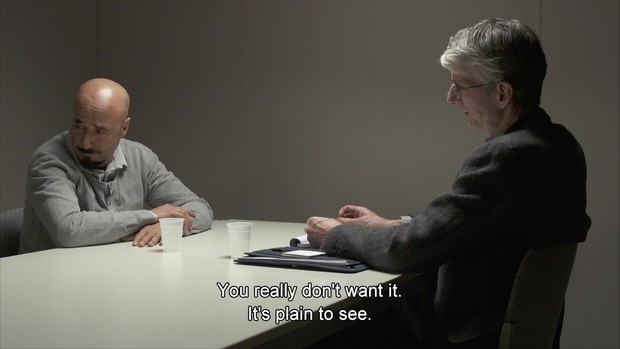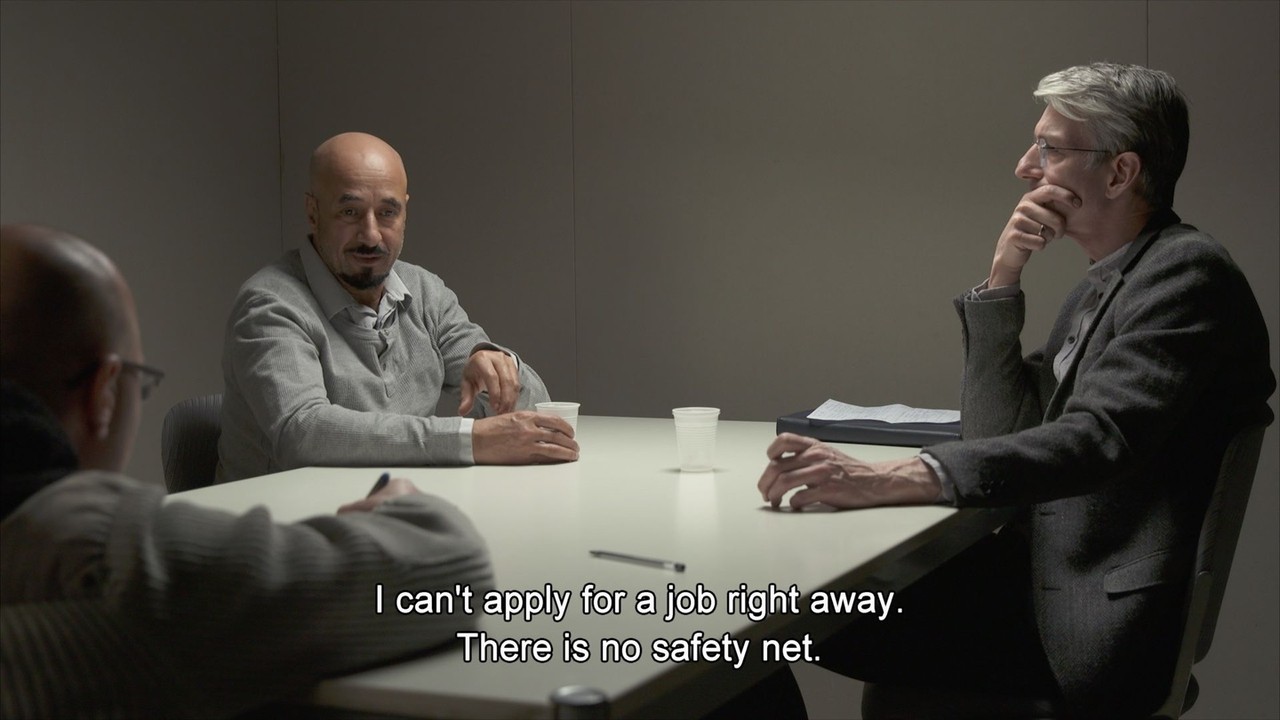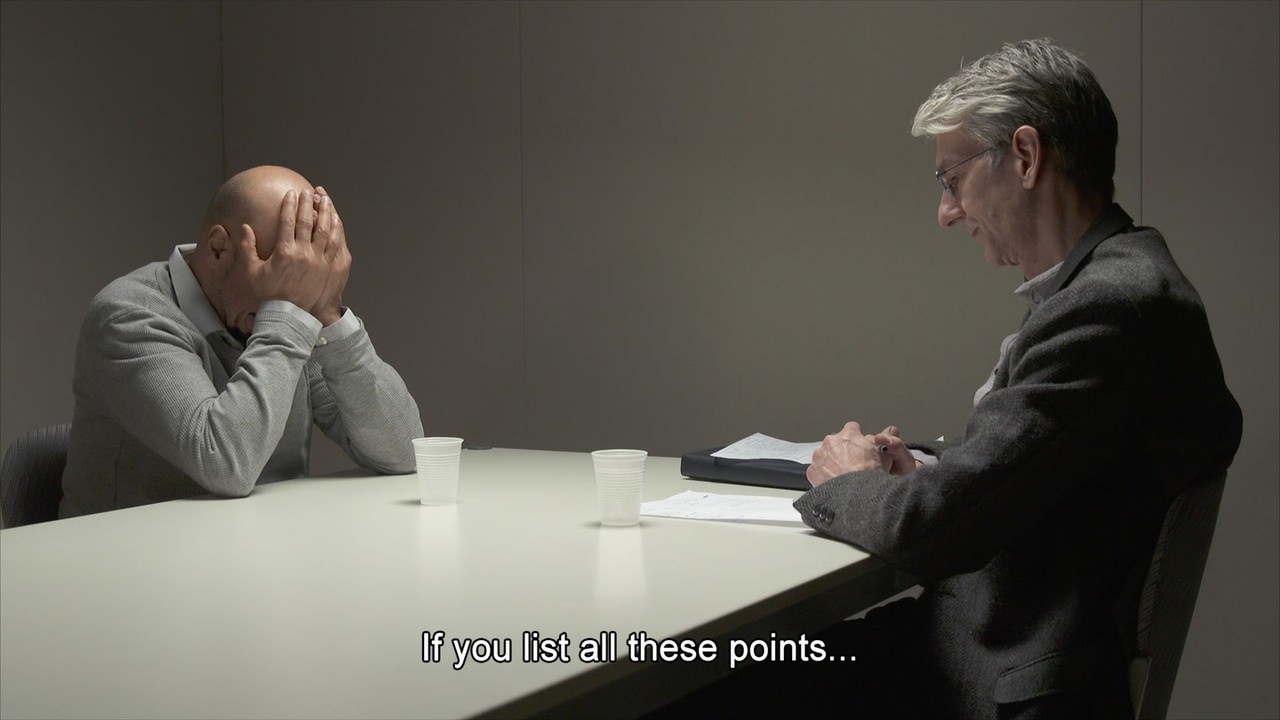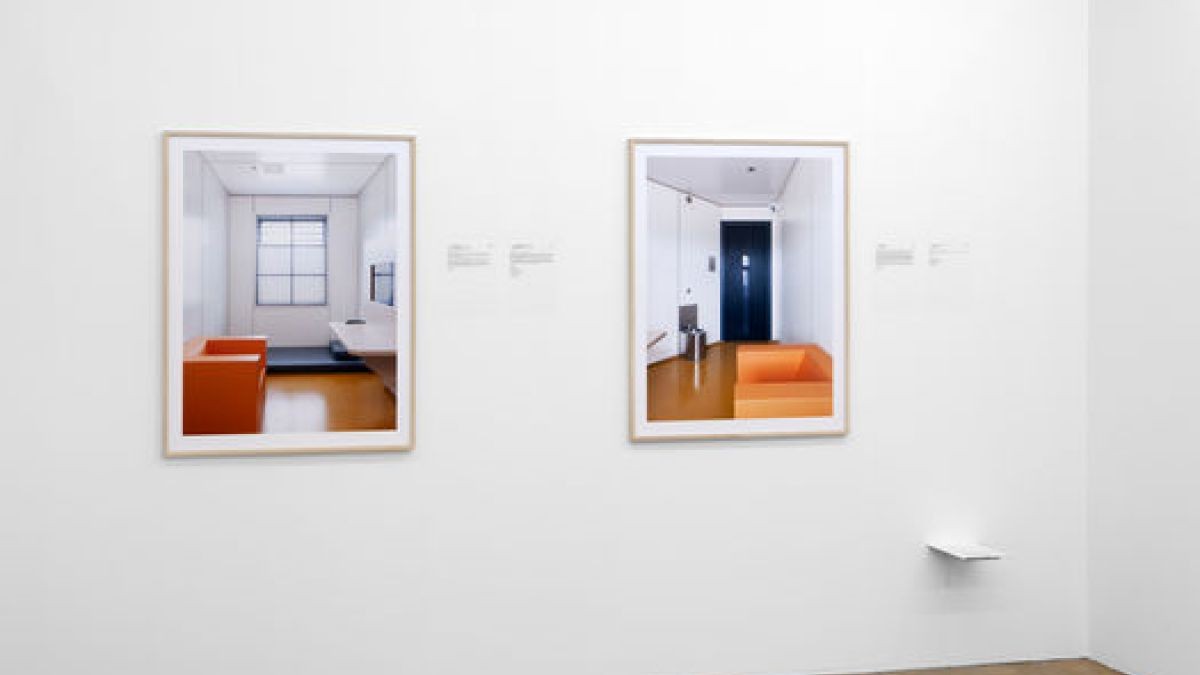How To Motivate Someone To Leave Voluntarily
Robert Glas
17 Nov 2016 - 30 Apr 2017
HOW TO MOTIVATE SOMEONE TO LEAVE VOLUNTARILY
Robert Glas
17 November 2016 - 30 April 2017
Curators: Steven ten Thije
On the ground floor of the new building you can see the project How to Motivate Someone to Leave Voluntarily by Rotterdam based artist Robert Glas. The presentation consists of the eponymous film and two photos from the series Voor vrij Nederland. With these works, Glas responds to the reality of refugees in the Netherlands in the year 2016. Due to all the protests against the construction of refugee centers and the intense debate on the refugee issue, there's hardly any emphasis on the refugees' own perception. What does it mean to be a refugee in the Netherlands? What does the process look like from the inside? And where do refugees reside when they are refused asylum? The works provide an insight into the harsh and complex reality for refugees in the Netherlands.
THE FILM
The film How to Motivate Someone to Leave Voluntarily reflects on the use of ‘motivational interviewing’ – an interview technique originating from client-centered therapy – to persuade rejected asylum seekers to leave voluntarily. In this film a trainer in motivational interviewing (Menno Zwart), a director and two stage actors (Freerk Bos and Sabri Saad El Hamus) attempt to construct a realistic dialogue scene between ‘foreign national’ and departure supervisor, by combining a existing case with improvisation. The film passes no judgment as to the use of the interview technique, but shows the complex and emotional process asylum seekers go through when they are encouraged to move voluntary. The film raises questions about the Dutch approach to refugees.
THE PHOTOS
The two photos are part of the series Voor vrij Nederland and show the isolation cell of the immigration detention centre in Zeist. The entire series consists of several Dutch immigration detention centres which were first published in Vrij Nederland magazine. In order to motivate people to 'cooperate voluntarily’ with their own deportation, the State of the Netherlands has a policy of up to 18 months of detention for those who refuse to leave the EU territory after their asylum application has been rejected. There is fierce international criticism of the measure and it is a topic that frequently makes the news.
Until recently, the Dutch Ministry of Justice hosted the only publicly accessible database of photographs of the detention cells used in this internationally criticised policy, all made by their staff photographer. Glas' pictures are an independent alternative to this database.
Photographic access to the cells and the right to distribute the images without any interference from the Dutch Ministry of Justice was made possible by a number of lawsuits filed against State by Glas. Documents from these lawsuits can be found in the gallery. For this project Glas cooperated with lawyer Frans-Willem Verbaas, Amnesty International, The Dutch Association of Journalists, the photography agency Hollandse Hoogte, and Vrij Nederland magazine.
Robert Glas
17 November 2016 - 30 April 2017
Curators: Steven ten Thije
On the ground floor of the new building you can see the project How to Motivate Someone to Leave Voluntarily by Rotterdam based artist Robert Glas. The presentation consists of the eponymous film and two photos from the series Voor vrij Nederland. With these works, Glas responds to the reality of refugees in the Netherlands in the year 2016. Due to all the protests against the construction of refugee centers and the intense debate on the refugee issue, there's hardly any emphasis on the refugees' own perception. What does it mean to be a refugee in the Netherlands? What does the process look like from the inside? And where do refugees reside when they are refused asylum? The works provide an insight into the harsh and complex reality for refugees in the Netherlands.
THE FILM
The film How to Motivate Someone to Leave Voluntarily reflects on the use of ‘motivational interviewing’ – an interview technique originating from client-centered therapy – to persuade rejected asylum seekers to leave voluntarily. In this film a trainer in motivational interviewing (Menno Zwart), a director and two stage actors (Freerk Bos and Sabri Saad El Hamus) attempt to construct a realistic dialogue scene between ‘foreign national’ and departure supervisor, by combining a existing case with improvisation. The film passes no judgment as to the use of the interview technique, but shows the complex and emotional process asylum seekers go through when they are encouraged to move voluntary. The film raises questions about the Dutch approach to refugees.
THE PHOTOS
The two photos are part of the series Voor vrij Nederland and show the isolation cell of the immigration detention centre in Zeist. The entire series consists of several Dutch immigration detention centres which were first published in Vrij Nederland magazine. In order to motivate people to 'cooperate voluntarily’ with their own deportation, the State of the Netherlands has a policy of up to 18 months of detention for those who refuse to leave the EU territory after their asylum application has been rejected. There is fierce international criticism of the measure and it is a topic that frequently makes the news.
Until recently, the Dutch Ministry of Justice hosted the only publicly accessible database of photographs of the detention cells used in this internationally criticised policy, all made by their staff photographer. Glas' pictures are an independent alternative to this database.
Photographic access to the cells and the right to distribute the images without any interference from the Dutch Ministry of Justice was made possible by a number of lawsuits filed against State by Glas. Documents from these lawsuits can be found in the gallery. For this project Glas cooperated with lawyer Frans-Willem Verbaas, Amnesty International, The Dutch Association of Journalists, the photography agency Hollandse Hoogte, and Vrij Nederland magazine.





